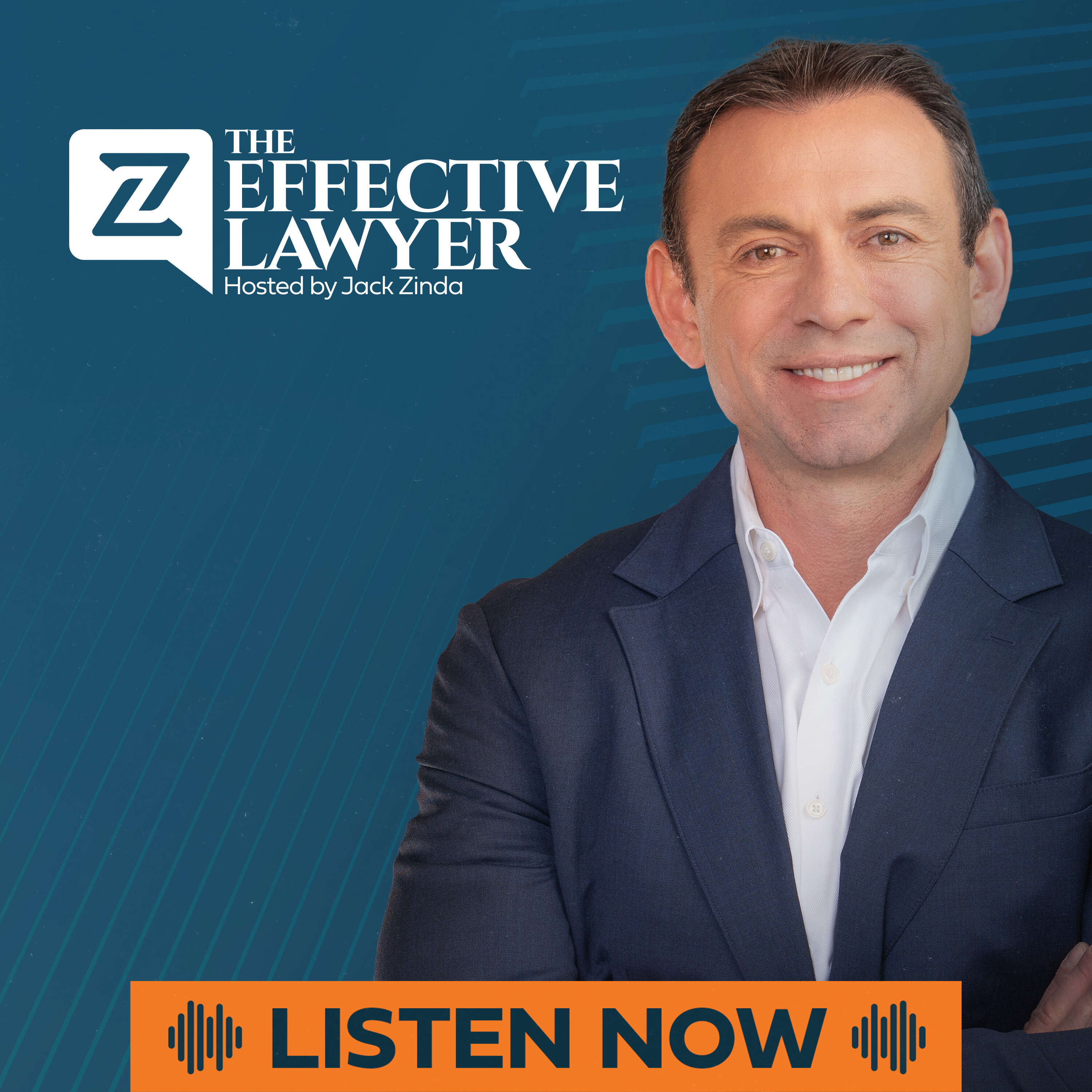Inside the Case: Understanding its Value
Today CMO Kevin Tully is joined by CEO and Founding partner of Zinda Law Group, Jack Zinda. They chat about the ins and outs of determining the value of a case. Discussed in this Episode: - Who’s my client?- Always start with the end in mind- What sources of information do I have?- Focus groups & Round Tables- Is this case a big deal?- What happens when your client is partially at fault? Who’s My Client? Before you can estimate the value of the case, there are a few questions you must ask yourself. Who’s my client? What have they gone through? What has the defendant done that could make a jury want to hold them accountable for their actions? Always Start with The End In Mind Draft a jury charge with a list of elements of damages you must approve. Even things like impairment, disfigurement and a number of physical things can be factored into the final number. That being said, using medical bills as a means to justify the dollar amount can result in a much less successful outcome. What Sources of Information Do I Have? Look at other cases in your county or region with similar facts and see what the verdicts or outcomes were. There may be examples that show similar behavior by the defendant and similar injuries to the plaintiff. Using services like TrialSmith and VerdictSearch can provide helpful information to value your case. Focus Groups & Round Tables Focus groups can be a great way to value a case if you’re careful. Hiring a 3rd party to conduct the focus group is more expensive, but will deliver a more accurate and less biased result. Setting up a round table where each lawyer brings a few cases can be a very effective way to broaden your knowledge about your case and is a win-win for everyone involved. Is This Case a Big Deal? Does this case really matter to the plaintiff? Even something as small as missing a child’s birthday due to an accident can be a huge deal to the client. Their desire for justice drives the heart of the case. After the number has been decided and an initial offer has been made, it’s really up to the client to determine if they feel that they are being fairly compensated or if it’s worth sending to trial. What Happens When Your Client is Partially at Fault? Determining the percentage of how at fault the client is can also be a factor in the case. In some circumstances even if the client was the one who violated a law or broke the rule, a “rules of the road” type of approach may be worth approaching. I.E. was the client forced to make an evasive action due to the negligence of the defendant. You can reach Jack at: jack@zindalaw.com512-246-2224 - TrialSmith- VerdictSearch

